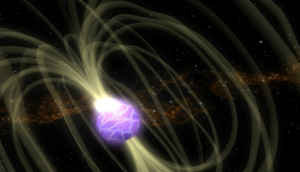
There's a lot to be discovered in the universe but there is also a sea of things which we already know. Here is a collection of ten records and its record holders from this universe.
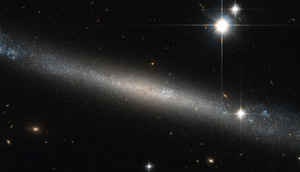
The Thinnest Galaxy in the Universe
We usually imagine galaxies to be gigantic nebulous configurations of stars and planets that extend for light years in every direction. But in 2013, scientists from NASA and ESA discovered a spiral galaxy IC 2233 which is the flattest galaxy known to man in the universe. Positioned in the constellation Lynx, this galaxy is about 40 million light years from Earth and was discovered originally by British astronomer Isaac Roberts in 1894. But by studying it with the Hubble Space Telescope, scientists have discovered that this galaxy’s thickness is at most one-tenths of its diameter. The discovery of this feature makes IC 2233 the thinnest galaxy on record and appears to be “needle thin” in comparison to the rest of the cosmos.
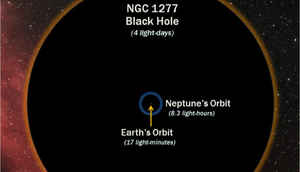
The Largest Black Hole in the Universe
Nestled in the thin width of the NGC 1277 disk galaxy is the largest black hole in the universe. Discovered by German astronomer Remco van den Bosch and his team in 2012 in the Perseus constellation 250 million light years away. This supermassive black hole is estimated to have a mass of about 17 billion suns. The size of the galaxy itself indicates that it’s radius would be 11 times the distance from our Sun to the planet Neptune. In comparison to its host galaxy, it makes up 14 percent of all mass in the galaxy and 56 percent of the galaxy’s core mass. The discovery of this supermassive black hole is leading the discovery team to the local galactic neighbourhood where they expect to find up to 5 or 6 similar black holes. In the face of this potential discovery the need for a new category of black holes might be required.
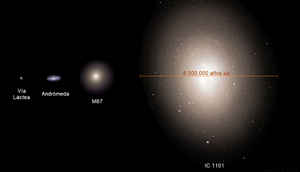
The Largest Galaxy in the Universe
The largest galaxy in the known universe – IC 1101 was initially discovered by British astronomer Frederick William Herschel I in 1790. For the longest time, it was categorized as a nebulous feature until Edwin Hubble discovered in 1932 that these features were actually independent galaxies. Using modern techniques the galaxy was found to be an Elliptical galaxy making it one of the largest in its category. But as we studied it from over a billion light years away we discovered that it was, in fact, the largest galaxy ever discovered. With a diameter of six million light years and a mass of nearly 100 trillion stars it is over fifty times the size of the Milky Way and 2,000 times as massive. Unfortunately, the galaxy is on it’s last legs, giving birth to very few new stars.
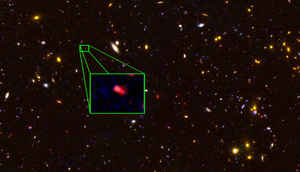
The Oldest Galaxy in Existence
Given the scale of the Universe what we witness across cosmic distances are snapshots of the past. And by observing the farthest reaches of the cosmos we are able to witness deeper into the past as well. In 2013, z8_GND_5296 was discovered to be the oldest known galaxy in existence and is at a distance of 13.1 billion light-years away. It is estimated to have formed 700 million years after the formation of the universe and is currently the closest window to the big bang. It was discovered by the Hubble Space Telescope as a part of the Cosmic Assembly Near-infrared Deep Extragalactic Legacy (CANDLE) survey. This survey has discovered 100,000 galaxies so far, of which 43 have been analysed. It’s possible that we may find an even older one.

The Largest Occurring Natural Protein
Inside every human being is a specific gene - the TTN gene - that is responsible for processing a protein that gives our muscles passive elasticity. This protein is the largest naturally occurring protein known to science and is also greater than one micrometer in length. The protein is estimated to have as many as 35,200 amino acids in its chain and is composed of 244 individually folded protein sets connected by peptide sequences. It is known casually by the name of, Titin, however the chemical formula for this protein chain is C169 723H270 464N45 688O52 243S912 which also makes it the longest scientific word in the english language with 189,819 letters. It took a man 213 minutes to correctly pronounce the name.
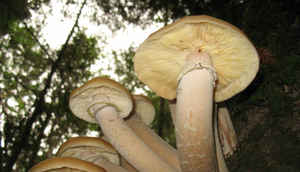
The Largest Living Organism
When we think of big organisms we imagine a blue whale or an elephant. But the largest organism in existence is the honey fungus specimen found in the Blue Mountains of Oregon in the United States. This honey fungus is in the form of a mushroom as you would imagine on a pizza but it measures 3.8 kilometres across. These large clusters of brown and yellow mushrooms may appear distinct but are actually connected below the soil to a gigantic single organism. There exist vast networks of tubular filaments called mycelia under the surface that occupy a large amount of space. They have been held accountable for the 1998 deaths of large tracts of trees in their region of around 10 square kilometres. Not only are they big but they’re old too. The organism is estimated to be anywhere between 1900 and 8650 years old.
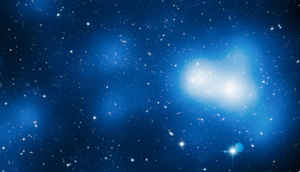
The Largest Cosmic Structures
We imagine the Universe to be vast open spaces of vacuum filled with planets, stars and other interstellar objects. Each of these appears to be one single structure surrounded by many others. But in astronomical terms we have quantified them as systems, galaxies and nebulae based on how they congregate with respect to their gravitational entanglements. In this regard cosmic structures can vary greatly in size and scope. The Hercules–Corona Borealis Great Wall structure was found in November 2013 to be the largest known cosmic structure ever discovered. It was detected by mapping the location of gamma radiation bursts which were caused by exploding stars within it. By measuring these bursts researchers were able to estimate the size and expanse of the superstructure. Astronomers are currently making sense of this Great Wall, which is 10 billion light years across.
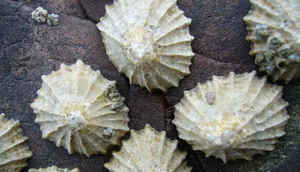
The Strongest Natural Substance
Limpets are snail like creatures that you wouldn’t imagine having teeth. They resemble clams and are found by the shore side. But surprisingly they possess the strongest naturally occurring substance known in their teeth. This fact was discovered by Asa Barber and her research team at the University of Portsmouth when they inspected limpet teeth at the atomic level. Until this discovery the strongest naturally occurring substance was thought to be the silk of a spider but no more. In nature, limpets use their teeth to grab onto rocky surfaces and chisel out the algae in the rocks for food. The unique material engineering aspect of this discovery is that irrespective of size, the strength of limpet teeth remains constant. Scientists and engineers are trying to figure out a way to mimic their structure for use in civil, marine, automotive and electronic engineering projects.

The Longest Standing Math Problem
Until 1995 the longest standing unsolved math problem was Fermat’s Last Theorem. But after 365 years of being a puzzle to generations of mathematicians it was finally solved by Andrew Wiles. Replacing it was the ever notorious Goldbach’s Conjecture which was proposed by Christian Goldbach in 1742 and has since remained a mystery. The Goldbach Conjecture is not a complicated problem to state, it simply posits that every positive even numbered integer greater than 3 is the sum total of two prime numbers. For example, the positive even number integer 8 is a sum total of two primes 3 and 5. Sounds simple enough, right? However, there has been no conclusive proof that this is a constant rule. Finding methods to prove or disprove this conjecture haven’t been created in the last 273 years. Although, by means of heuristic logic it is highly likely that the conjecture is true, no mathematician has as of yet proved it conclusively.
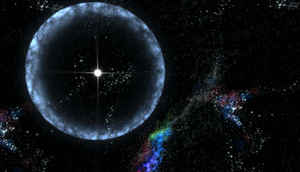
The Most Powerful Magnet in Nature
The cosmos is littered with the permutation and combination of nature. In the near chaotic interactions of space, where matter and time combine to deliver remarkable results, we find the oddest of objects. When it comes to nature’s most powerful magnet, we have to look no farther than our own galaxy for collapsed neutron stars called magnetars. Two competing neutron stars, of the soft gamma repeater variety, called SGR 1806-20 and SGR 0418 claim the title of the most powerful magnets ever discovered. Both of these rotating neutron stars possess a magnetic force capable of slowing down a Rajdhani express train as far away as the Moon. The SGR 1806-20 is only 50,000 light years from Earth, while SGR 0418 is closer at about 6,500 light years away. The former was discovered in 1979, while the latter was revealed to us as a magnetar in 2013, four years after its 2009 discovery. Perhaps the most attractive pair of lights in the sky. Sorry, couldn’t help it.